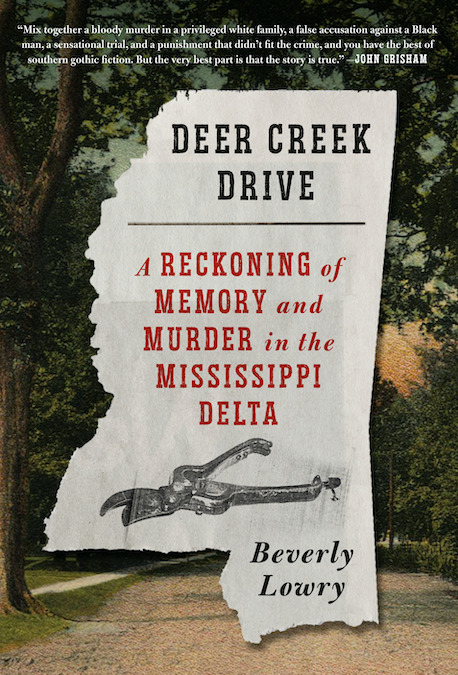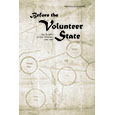On the Ice
The Arctic Fury imagines adventure and tragedy for a group of 19th-century women
There is a moment, late in Greer Macallister’s novel The Arctic Fury, when a group of 19th-century women have been “on the ice” of the frozen North for months, and they are sheltering-in-place for the long night of winter. Packed together in their ice house, “lined up like cordwood,” they lie in near-total darkness, telling each other stories. Some stories are funny, others painful, but all are the stuff of survival. The stories knit the women together and provide the prospect of hope, and as much as their meager supply of food, the stories are sustenance.
 In many ways, The Arctic Fury is about that exactly: the ways our stories can both restrain and sustain us, depending on our perspective. The bulk of the narrative is focused on Virginia Reeve, an extraordinary woman tasked with an extraordinary mission — to lead a team of women into the Arctic to recover any evidence of the lost expedition of Sir John Franklin and his crew. Multiple expeditions have tried and failed to find him, and in desperation his wife, Lady Jane Franklin, turns to the unheard of: Where men have failed, she proposes, perhaps women can succeed.
In many ways, The Arctic Fury is about that exactly: the ways our stories can both restrain and sustain us, depending on our perspective. The bulk of the narrative is focused on Virginia Reeve, an extraordinary woman tasked with an extraordinary mission — to lead a team of women into the Arctic to recover any evidence of the lost expedition of Sir John Franklin and his crew. Multiple expeditions have tried and failed to find him, and in desperation his wife, Lady Jane Franklin, turns to the unheard of: Where men have failed, she proposes, perhaps women can succeed.
In the spring of 1853, when women can neither vote nor hold public office, Lady Jane Franklin begins to assemble the team that might be her last chance to learn of her husband’s fate, and she selects Virginia Reeve to lead it, telling her, “Women can do far more than the narrow lens of society deems fitting. I suspect there is nothing, literally nothing, of which women are not capable.”
 Reeve is chosen, in part, because she has been a guide for years, leading parties west across the treacherous mountain pass to California. But though she is the leader of the expedition, she is limited in her control of the project, including who is chosen to join her. Ultimately, there are 13 women set to travel a route delineated by Lady Jane, and Reeve is allowed to choose only 2 of them. The rest, a motley crew including an artist, a journalist, an interpreter, and a nurse, might leave readers wondering why they were chosen for such a perilous trip. In fact, from the first words of the novel, we know this expedition is not going to go well.
Reeve is chosen, in part, because she has been a guide for years, leading parties west across the treacherous mountain pass to California. But though she is the leader of the expedition, she is limited in her control of the project, including who is chosen to join her. Ultimately, there are 13 women set to travel a route delineated by Lady Jane, and Reeve is allowed to choose only 2 of them. The rest, a motley crew including an artist, a journalist, an interpreter, and a nurse, might leave readers wondering why they were chosen for such a perilous trip. In fact, from the first words of the novel, we know this expedition is not going to go well.
After a preface listing the members of the women’s expedition, the book opens in October 1854, in the Massachusetts Superior Court of Boston, and the first line reads, “In the front row sit the survivors.” A few sentences later, we learn that the group of 13 has been whittled to this: “Five women, broken and brave, who came to this courtroom against all odds.” They are there because Virginia Reeve has been charged with the murder of Caprice Collins, a member of their team and the daughter of one of Boston’s finest families.
Alternating between the courtroom and the expedition, the narrative unfolds gradually, revealing each woman and the outlines of her story a bit at a time. Most of the chapters are told from Reeve’s perspective, but Macallister gives one chapter to each member of the expedition, scattered throughout the novel. These brief chapters are not enough to bring the secondary characters fully to life, and Reeve displays a few startling inconsistencies that may leave some readers feeling incompletely invested in her difficulties.
The thrilling action in the North and the turmoil of the court case, however, make for a satisfying story full of adventure. The narrative provides a compelling uncertainty, leaving the reader turning pages, eager to know the fate of Virginia Reeve and her bold companions.
The Arctic Fury is described as historical fiction: Franklin’s lost expedition was real, as was Lady Jane Franklin’s desperate attempts to recover any information on his fate. The rest is the product of Macallister’s imagination, an exciting “what if” that will engage an action-loving audience, especially those with an interest in feminist retellings.

Sara Beth West is a writer and reviewer, usually found at sarabethwest.com. She lives in Chattanooga with her family, dogs, and a cat who always, always, always thinks it is time for dinner.


